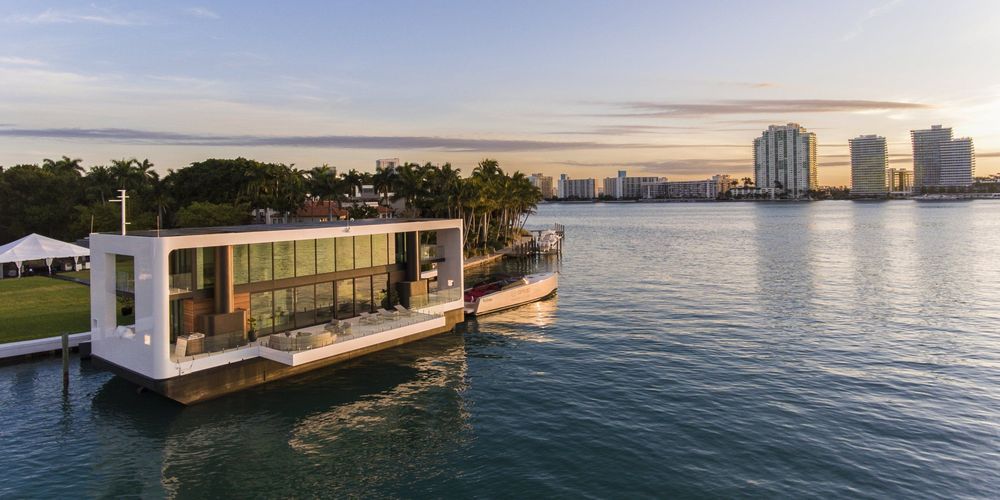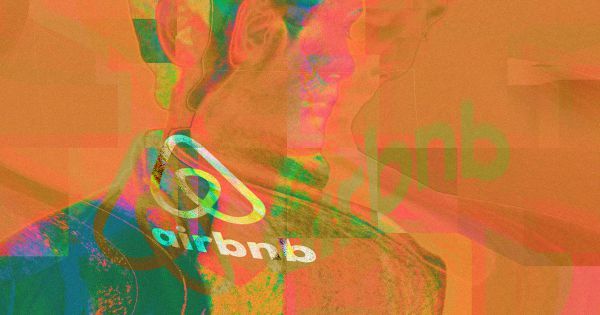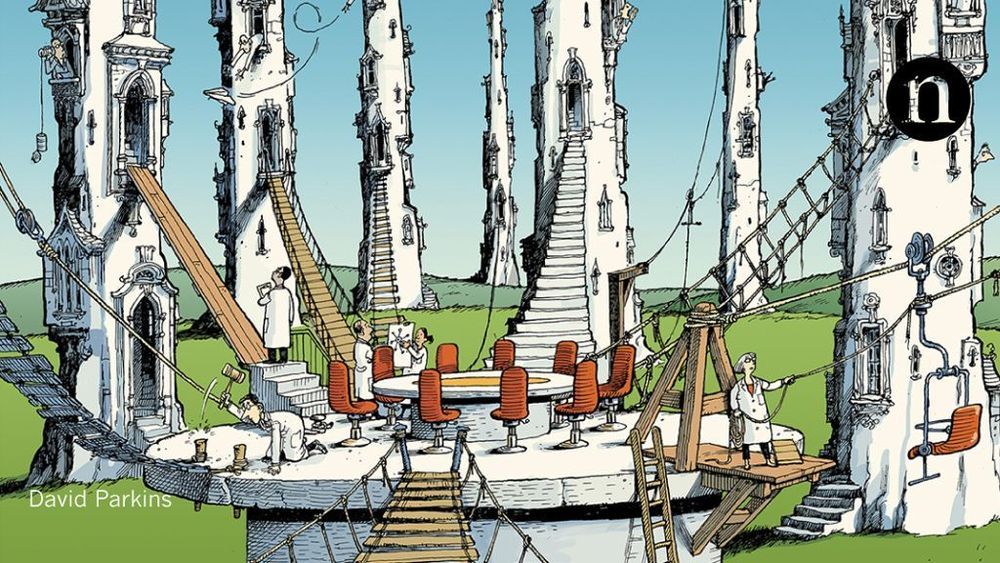- After years of development, the housing startup Arkup has debuted a floating home that can withstand rising sea levels and Category 4 hurricanes.
- The home contains a hydraulic system that lifts it above water and anchors it during heavy winds.
- Arkup envisions a future where entire communities in Miami and other major cities are designed to float.
When the housing startup Arkup revealed its plan to build a floating, hurricane-proof yacht in 2017, South Florida had just witnessed the devastating effects of Hurricane Irma, a Category 4 storm that destroyed hundreds of residences.
The company’s models were designed to weather a storm of that magnitude, but it would be another two years before they became a reality.








